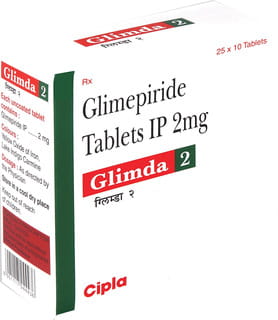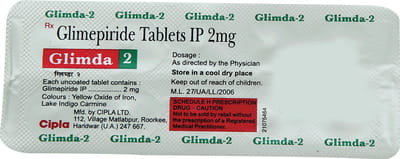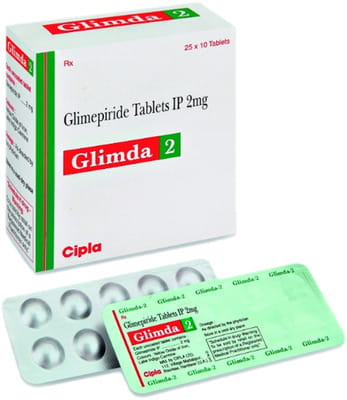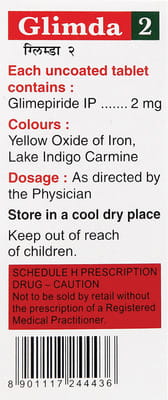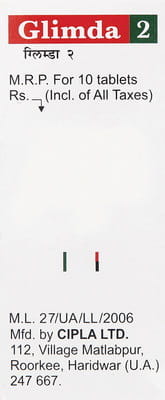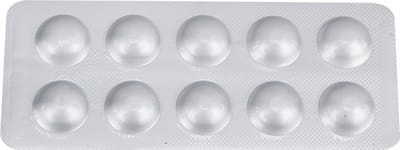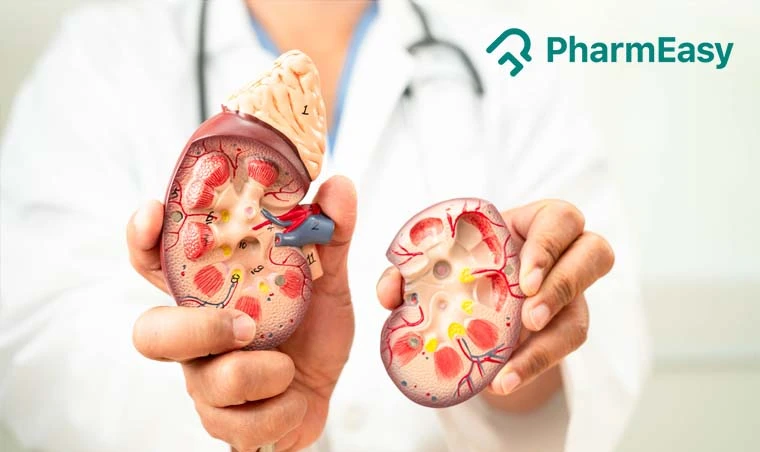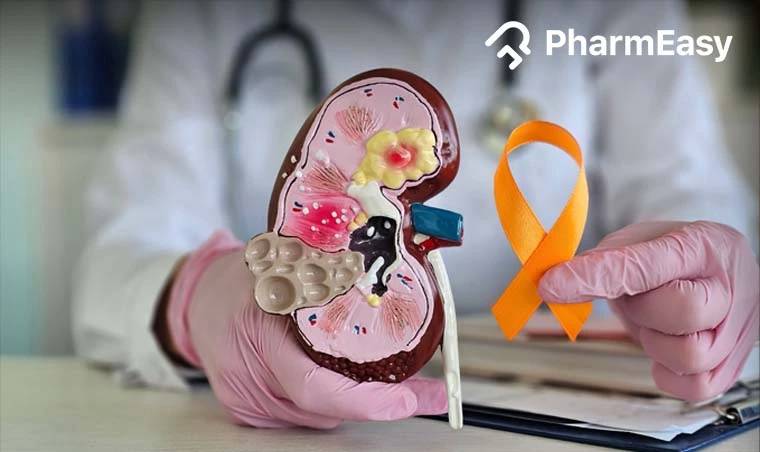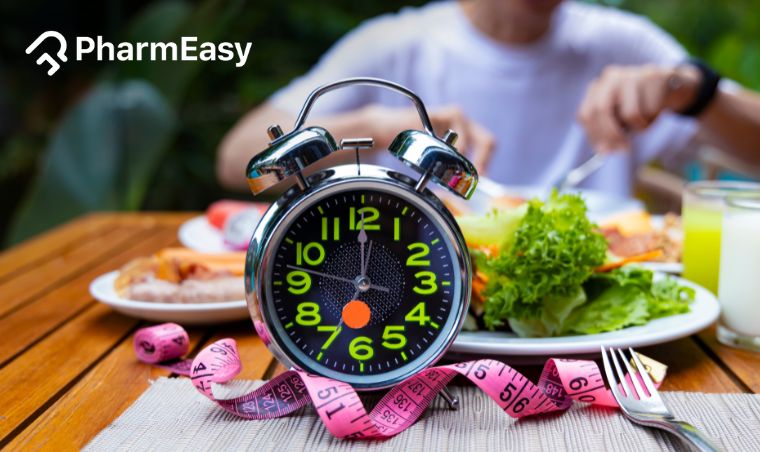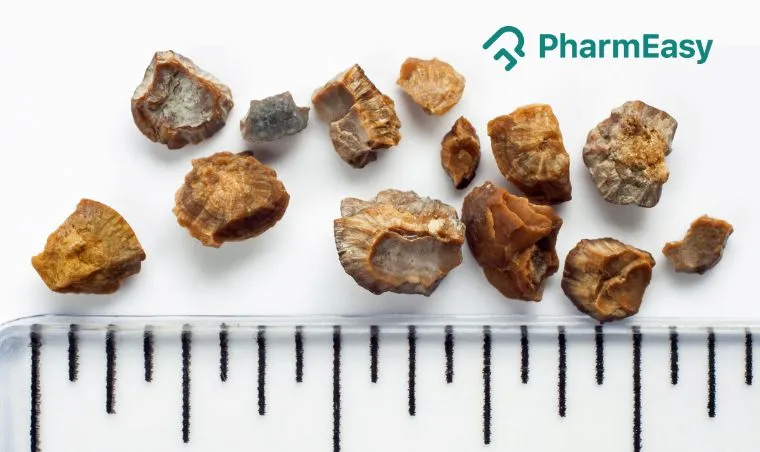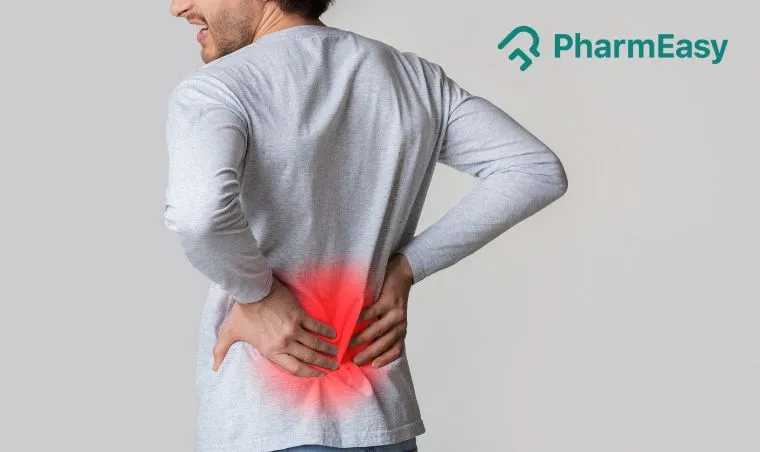Glimda 2mg Strip Of 10 Tablets
Description
Glimda 1 Tablet is an anti-diabetic medicine prescribed for adults with type 2 diabetes when diet and exercise alone are not sufficient to control blood sugar levels. It contains glimepiride, which helps regulate blood sugar by stimulating the pancreas to produce more insulin. Insulin is a hormone that controls how the body uses sugar, and by improving insulin levels, Glimda 1 Tablet helps maintain normal blood glucose levels.
Type 2 diabetes occurs when the body’s cells do not respond properly to insulin, causing blood sugar to rise. Over time, high blood sugar can lead to serious health problems such as heart disease, kidney damage, nerve damage, and eye complications. Glimda 1 Tablet works at the root of the problem by increasing insulin secretion, which helps lower elevated blood sugar levels and prevent long-term complications.
For best results, take Glimda 1 Tablet exactly as prescribed by your doctor. It should be taken after meals, usually once a day. Do not change the dose or stop taking the medicine on your own, even if your blood sugar appears under control. Consistency is key to effectively managing type 2 diabetes with this medication.
Like any medication, Glimda 1 Tablet may cause side effects. Common side effects include nausea, dizziness, headache, mild weight gain, and low blood sugar (hypoglycaemia). Symptoms of low blood sugar include sweating, shakiness, dizziness, and weakness. If these symptoms persist or become severe, contact your doctor immediately.
Before taking Glimda 1 Tablet, inform your doctor about your complete medical history, including any other medications, supplements, and conditions such as pregnancy or breastfeeding. Along with the medication, following a healthy lifestyle with a balanced diet, regular exercise, and avoiding excess sugar and alcohol will help you achieve better blood sugar control and long-term health.
Product Summary
| Offer Price | ₹44.60 |
| You Save | ₹17.35 (28% on MRP) |
| Contains | Glimepiride(2.0 Mg) |
| Uses | Type-II Diabetes Mellitus |
| Side effects | Nausea, dizziness, headache, weight gain, hypoglycaemia |
| Therapy | ANTI-DIABETIC |
Uses
Contraindications
- If you have an allergy to glimepiride or sulfonylureas or sulfonamides or any other ingredients of Glimda Tablet.
- If you have type1 diabetes.
- If you have the following signs like fatigue, nausea, frequent urination and muscle stiffness (due to diabetic ketoacidosis).
- If you have kidney or liver disease.
Side effects
- Nausea
- Dizziness
- Headache
- Weight gain
- Hypoglycaemia
Precautions and Warnings
Pregnancy
Breast Feeding
Driving
- Glimda Tablet can cause low blood sugar levels, which can lead to drowsiness, unconsciousness, confusion. These can be dangerous while driving.
- Consult your doctor whether you can drive a car if you have frequent episodes of hypoglycaemia.
- Keep a juice or a bar of chocolate in the car close to you while driving and in case you start feeling any of the above symptoms of hypoglycaemia, immediately drink the juice or eat the chocolate bar. Note that artificial sweeteners are not of any use in such scenarios....
Alcohol
Other General Warnings
- You experience extreme hunger, headache, nausea, vomiting, sleepiness, restlessness, aggression, reduced alertness and reaction time, confusion, shakiness, dizziness. These could be signs of low blood sugar. If you have any of these, immediately have sugar or sweet juice....
- You are suffering from severe liver disease or kidney disease.
- You have G6PD deficiency, and Glimepiride can cause hemolytic anaemia (destruction of red blood cells).
Directions for Use
- Glimda Tablet should be taken as directed by your doctor. Swallow it whole with a glass of water. Do not cut, break or chew the medicine.
- It should be taken with or after a meal to reduce its side effects. It would be best if you took it at a fixed time for optimal results and not consume it more than that prescribed by your doctor.
Storage and disposal
- Store at room temperature in a original package
- Keep our of the reach of childrens and pets
Quick Tips
- Take Glimda 1 Tablet exactly as prescribed by your doctor.
- Always take it after meals, preferably at the same time every day.
- Do not skip doses or take extra medicine without consulting a doctor.
- Monitor for symptoms of low blood sugar (hypoglycaemia): sweating, shakiness, dizziness, or weakness. Carry a sugary snack to treat it if it occurs.
- Maintain a healthy diet and regular exercise to support blood sugar control.
- Inform your doctor about other medications, supplements, or health conditions before starting Glimda 1 Tablet.
- Avoid excessive alcohol consumption, as it can affect blood sugar levels.
- Report any persistent side effects, such as nausea, dizziness, headache, or low blood sugar, to your doctor immediately.
Dosage
Overdose
Missed a Dose
- If you missed any dose of Glimda Tablet, then take it as soon as you remember. If it is time for the next dose, then skip the missed dose and continue your regular dosing schedule. Do not take a double dose of medicine to compensate for a missed one....
Mode of Action
How Does It Work?
- Your pancreas produces a hormone called insulin. Insulin moves sugar (glucose) from the blood into the cells. The cells then use it as fuel for energy. In type 2 diabetes, your body doesn’t make enough insulin or doesn’t utilize insulin properly, so the sugar is not able to enter the cells and stays in your bloodstream....
- Glimepiride increases the amount of insulin released from your pancreas. This insulin then lowers your blood sugar levels.
Interactions
Interactions with other medicines
- Some medicines can affect the way Glimda Tablet works, or this medicine itself can reduce the effectiveness of other medicines taken at the same time.
- Tell your doctor about all the medicines, supplements, or herbals you are currently taking or might take to avoid any possible interaction.
- These medicines along with Glimda Tablet can cause a drastic fall in blood glucose levels: fluconazole, aspirin, antidiabetic medicines like metformin, insulin, warfarin, ramipril, lisinopril, allopurinol....
- These medicines can interfere with Glimda Tablet and cause an increase in blood glucose: oestrogens, progestogens, diuretics, levothyroxine, rifampicin, glucocorticoids, chlorpromazine.
Content Details
Dr. Nikita Toshi
BDS (Bachelor of Dental Surgery), WHO FIDES member
Dr. Ritu Budania
MBBS, MD (Pharmacology)
Frequently Asked Questions (FAQs)
Q: How long do I need to take Glimda Tablet?
Q: What are the side effects of Glimda Tablet?
Q: Can Glimda 1 Tablet cause low blood sugar?
Q: Can I take Glimda 1 Tablet with other diabetes medicines?
References
- Glimcip tablet [Internet]. CiplaMed. 2021 [cited 11 March 2025]
- AZULIX Tablet [Internet]. Torrentian.com. 2021 [cited 11 March 2025]
- Glimepiride 1 mg Tablets - Patient Information Leaflet (PIL) - (emc) [Internet]. Medicines.org.uk. 2021 [cited 11 March 2025]
- Glimepiride 1 mg Tablets - Summary of Product Characteristics (SmPC) - (emc) [Internet]. Medicines.org.uk. 2021 [cited 11 March 2025]
- CDSCO [Internet]. Cdscoonline.gov.in. 2021 [cited 11 March 2025]
Did you find this medicine information helpful?
Please rate your experience
